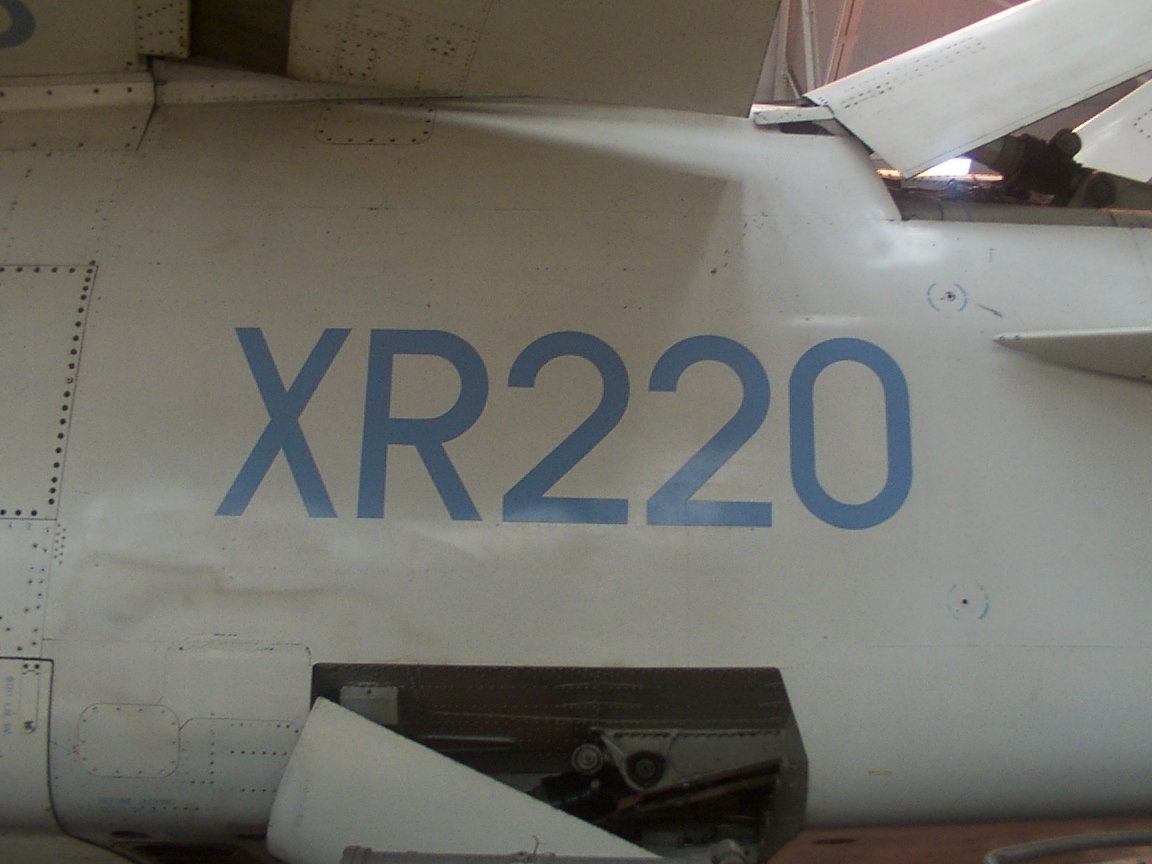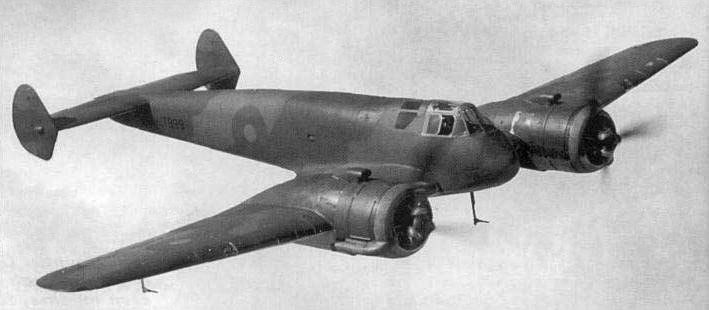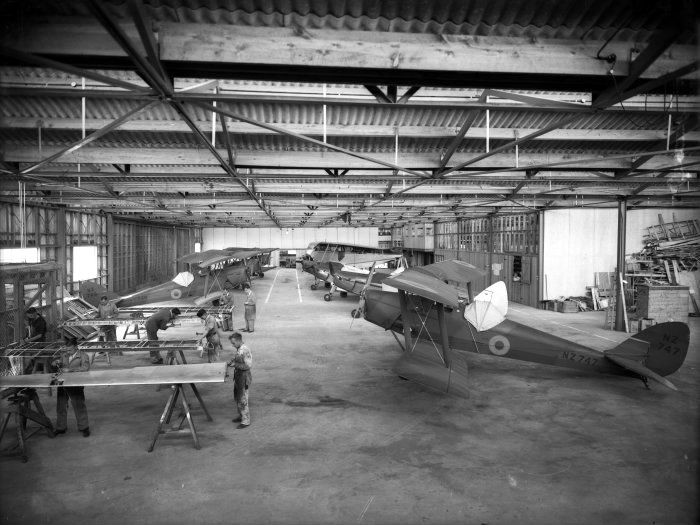|
Government Aircraft Factories
Government Aircraft Factories (GAF) was the name of an aircraft manufacturer owned by the Government of Australia. The primary factory was located at Fishermans Bend, a suburb of Melbourne in Victoria. It had its origins in the lead-up to World War II, during which it was known as the Department of Aircraft Production (DAP). In 1987, GAF was reorganised and renamed as Aerospace Technologies of Australia (ASTA) then privatised. ASTA was purchased by Rockwell International, that was in turn purchased by Boeing a few years later. ASTA subsequently formed the nucleus of Boeing Australia. History World War II The entity was established just before the outbreak of World War II when the Australian government recognised that supplies of aircraft from traditional sources could no longer be assured. To ensure supply of aircraft, in 1939 the government set up the new Department of Supply and Development with an Aircraft Construction Branch within that department; both organisations of ... [...More Info...] [...Related Items...] OR: [Wikipedia] [Google] [Baidu] |
Fishermans Bend
Fishermans Bend (formerly Fishermen's Bend) is a precinct within the City of Port Phillip and the City of Melbourne. It is located on the south of the Yarra River in the suburb of Port Melbourne and opposite Coode Island, close to the Melbourne central business district. Fishermans Bend originally included the area now known as Garden City, which was renamed in 1929. Since 2012 the area has been designated as a major urban renewal area, with plans for 80,000 residents by 2050. The future framework for Fishermans Bend includes one major employment precinct and four primarily residential suburbs. Early settlement From the 1850s, the lower reaches of the Yarra River known as 'Humbug Reach' and 'Fishermen's Bend' were occupied by fishermen of European descent. Thirty families lived on the 'Bend', frequently finding additional work in the docks and cargo ships and loading ballast for ships returning to Europe. Habitation was in rough shacks along the Bend, made from corrugated iron, ... [...More Info...] [...Related Items...] OR: [Wikipedia] [Google] [Baidu] |
Royal Air Force
The Royal Air Force (RAF) is the United Kingdom's air and space force. It was formed towards the end of the First World War on 1 April 1918, becoming the first independent air force in the world, by regrouping the Royal Flying Corps (RFC) and the Royal Naval Air Service (RNAS). Following the Allied victory over the Central Powers in 1918, the RAF emerged as the largest air force in the world at the time. Since its formation, the RAF has taken a significant role in British military history. In particular, it played a large part in the Second World War where it fought its most famous campaign, the Battle of Britain. The RAF's mission is to support the objectives of the British Ministry of Defence (MOD), which are to "provide the capabilities needed to ensure the security and defence of the United Kingdom and overseas territories, including against terrorism; to support the Government's foreign policy objectives particularly in promoting international peace and security". T ... [...More Info...] [...Related Items...] OR: [Wikipedia] [Google] [Baidu] |
Gun Turret
A gun turret (or simply turret) is a mounting platform from which weapons can be fired that affords protection, visibility and ability to turn and aim. A modern gun turret is generally a rotatable weapon mount that houses the crew or mechanism of a projectile-firing weapon and at the same time lets the weapon be aimed and fired in some degree of azimuth and elevation (cone of fire). Description Rotating gun turrets protect the weapon and its crew as they rotate. When this meaning of the word "turret" started being used at the beginning of the 1860s, turrets were normally cylindrical. Barbettes were an alternative to turrets; with a barbette the protection was fixed, and the weapon and crew were on a rotating platform inside the barbette. In the 1890s, armoured hoods (also known as "gun houses") were added to barbettes; these rotated with the platform (hence the term "hooded barbette"). By the early 20th Century, these hoods were known as turrets. Modern warships have gu ... [...More Info...] [...Related Items...] OR: [Wikipedia] [Google] [Baidu] |
United Kingdom Military Aircraft Serial Numbers
United Kingdom military aircraft serial numbers are aircraft registration numbers used to identify individual military aircraft in the United Kingdom (UK). All UK military aircraft are allocated and display a unique registration number. A unified registration number system, maintained initially by the Air Ministry (AM), and its successor the Ministry of Defence (MoD), is used for aircraft operated by the Royal Air Force (RAF), Fleet Air Arm (FAA), and Army Air Corps (AAC). Military aircraft operated by government agencies and civilian contractors (for example QinetiQ) are also assigned registration numbers from this system. When the Royal Flying Corps (RFC) was formed in 1912, its aircraft were identified by a letter/number system related to the manufacturer. The prefix 'A' was allocated to balloons of No.1 Company, Air Battalion, Royal Engineers, the prefix 'B' to aeroplanes of No.2 Company, and the prefix 'F' to aeroplanes of the Central Flying School.Bruce 1956, p.922 ... [...More Info...] [...Related Items...] OR: [Wikipedia] [Google] [Baidu] |
Ball Bearing
A ball bearing is a type of rolling-element bearing that uses balls to maintain the separation between the bearing races. The purpose of a ball bearing is to reduce rotational friction and support radial and axial loads. It achieves this by using at least two races to contain the balls and transmit the loads through the balls. In most applications, one race is stationary and the other is attached to the rotating assembly (e.g., a hub or shaft). As one of the bearing races rotates it causes the balls to rotate as well. Because the balls are rolling they have a much lower coefficient of friction than if two flat surfaces were sliding against each other. Ball bearings tend to have lower load capacity for their size than other kinds of rolling-element bearings due to the smaller contact area between the balls and races. However, they can tolerate some misalignment of the inner and outer races. History Although bearings had been developed since ancient times, the first m ... [...More Info...] [...Related Items...] OR: [Wikipedia] [Google] [Baidu] |
Battle Of France
The Battle of France (french: bataille de France) (10 May – 25 June 1940), also known as the Western Campaign ('), the French Campaign (german: Frankreichfeldzug, ) and the Fall of France, was the Nazi Germany, German invasion of French Third Republic, France during the Second World War. On 3 September 1939, France French declaration of war on Germany (1939), declared war on Germany following the German invasion of Poland. In early September 1939, France began the limited Saar Offensive and by mid-October had withdrawn to their start lines. German armies German invasion of Belgium (1940), invaded Belgium, German invasion of Luxembourg, Luxembourg and German invasion of the Netherlands, the Netherlands on 10 May 1940. Fascist Italy (1922-1943), Italy entered the war on 10 June 1940 and attempted an Italian invasion of France, invasion of France. France and the Low Countries were conquered, ending land operations on the Western Front (World War II), Western Front until the Normandy l ... [...More Info...] [...Related Items...] OR: [Wikipedia] [Google] [Baidu] |
Bristol Aeroplane Company
The Bristol Aeroplane Company, originally the British and Colonial Aeroplane Company, was both one of the first and one of the most important British aviation companies, designing and manufacturing both airframes and aircraft engines. Notable aircraft produced by the company include the 'Boxkite', the Bristol Fighter, the Bulldog, the Blenheim, the Beaufighter, and the Britannia, and much of the preliminary work which led to Concorde was carried out by the company. In 1956 its major operations were split into Bristol Aircraft and Bristol Aero Engines. In 1959, Bristol Aircraft merged with several major British aircraft companies to form the British Aircraft Corporation (BAC) and Bristol Aero Engines merged with Armstrong Siddeley to form Bristol Siddeley. BAC went on to become a founding component of the nationalised British Aerospace, now BAE Systems. Bristol Siddeley was purchased by Rolls-Royce in 1966, who continued to develop and market Bristol-designed engines. ... [...More Info...] [...Related Items...] OR: [Wikipedia] [Google] [Baidu] |
Bristol Taurus
The Taurus is a British 14-cylinder two-row radial aircraft engine, produced by the Bristol Engine Company starting in 1936. The Taurus was developed by adding cylinders to the existing single-row Aquila design and transforming it into a twin-row radial engine, creating a powerplant that produced just over 1,000 horsepower (750 kW) with very low weight. Design and development Bristol had originally intended to use the Aquila and Perseus as two of its major product lines in the 1930s, but the rapid increase in size and speed of aircraft in the 1930s demanded much larger engines than either of these. The mechanicals from both of these designs were then put into two-row configurations to develop much larger engines, the Aquila becoming the Taurus, and the Perseus becoming the Hercules. The Taurus was a sleeve valve design, resulting in an extraordinarily uncluttered exterior and very low mechanical noise. It offered high power with a relatively low weight, starting from 1, ... [...More Info...] [...Related Items...] OR: [Wikipedia] [Google] [Baidu] |
Pratt & Whitney R-1830
The Pratt & Whitney R-1830 Twin Wasp is an American air-cooled radial aircraft engine. It displaces and its bore and stroke are both . The design traces its history to 1929 experiments at Pratt & Whitney on twin-row designs. Production began in 1932 and it was widely used during the 1930s. It was selected as the power plant for both the four-engined Consolidated B-24 Liberator heavy bomber and the twin-engined Douglas DC-3 transport, two of the most-produced aircraft. The production run of 173,618 R-1830 examples makes it the most-produced aviation engine in history. A further developed version, the R-2000, was produced starting in 1942. The R-2000 was "bored-out" to and had a number of other minor changes to improve fuel economy and allow it to run at higher power ratings on lower- octane fuel. The primary user of the R-2000 was the Douglas DC-4. Mostly retired today, the R-1830 is still used on Douglas DC-3 and various museum aircraft and warbirds seen at airshows. ... [...More Info...] [...Related Items...] OR: [Wikipedia] [Google] [Baidu] |
Toombul
Nundah (previously called German Station) is an inner suburb in the City of Brisbane, Queensland, Australia. It contains the neighbourhood of Toombul. In the , Nundah had a population of 12,141 people. Prior to European settlement, Nundah was inhabited by Aboriginal people from the Turrbul tribe. Nundah is primarily a residential suburb, which straddles Sandgate Road, one of the major arterial roads of Brisbane's north. It was first settled by Europeans in the mid-19th century, although the suburb remained primarily a rural area until it was connected to Brisbane via railway in the 1880s. Originally considered a working-class suburb, the area has become gentrified in recent years, and today features a mix of traditional worker's cottages and modern high-density apartment blocks. It is close to the Centro Shopping Centre. Geography Nundah is a mixed-density residential suburb, with some light industry and a commercial retail area concentrated on Sandgate Road. It is adjacent to ... [...More Info...] [...Related Items...] OR: [Wikipedia] [Google] [Baidu] |
De Havilland Tiger Moth
The de Havilland DH.82 Tiger Moth is a 1930s British biplane designed by Geoffrey de Havilland and built by the de Havilland, de Havilland Aircraft Company. It was operated by the Royal Air Force (RAF) and other operators as a primary trainer (aircraft), trainer aircraft. In addition to the type's principal use for ''ab initio'' training, the World War II, Second World War had RAF Tiger Moths operating in other capacities, including Maritime patrol aircraft, maritime surveillance and defensive anti-invasion preparations; some aircraft were even outfitted to function as armed light bombers. The Tiger Moth remained in service with the RAF until it was replaced by the de Havilland Canada DHC-1 Chipmunk, de Havilland Chipmunk during the early 1950s. Many of the military surplus aircraft subsequently entered into civilian operation. Many nations have used the Tiger Moth in both military and civilian applications, and it remains in widespread use as a recreational aircraft. It is ... [...More Info...] [...Related Items...] OR: [Wikipedia] [Google] [Baidu] |
De Havilland Australia
de Havilland Aircraft Pty Ltd (DHA) was part of de Havilland, then became a separate company. It acquired the Commonwealth Aircraft Corporation in 1985 and was purchased by Boeing in 2000 and merged with the Boeing owned AeroSpace Technologies of Australia (formerly the Government Aircraft Factories) to become Hawker de Havilland Aerospace Pty Ltd. In 2009, the name was changed to Boeing Aerostructures Australia (BAA) and is a subsidiary of Boeing Australia Ltd. Early years and WWII In March 1927 the de Havilland Aircraft Company established DHA in Melbourne, its first overseas subsidiary. Its founder was Hereward de Havilland. DHA was set up to sell de Havilland products in Australia, to assemble aircraft that had been sold, and to provide repair and spare parts services. In 1930 DHA relocated to Mascot aerodrome in Sydney. Prior to World War II DHA did not undertake any production of aircraft (although de Havilland designs were licence-built by other Australian orga ... [...More Info...] [...Related Items...] OR: [Wikipedia] [Google] [Baidu] |









